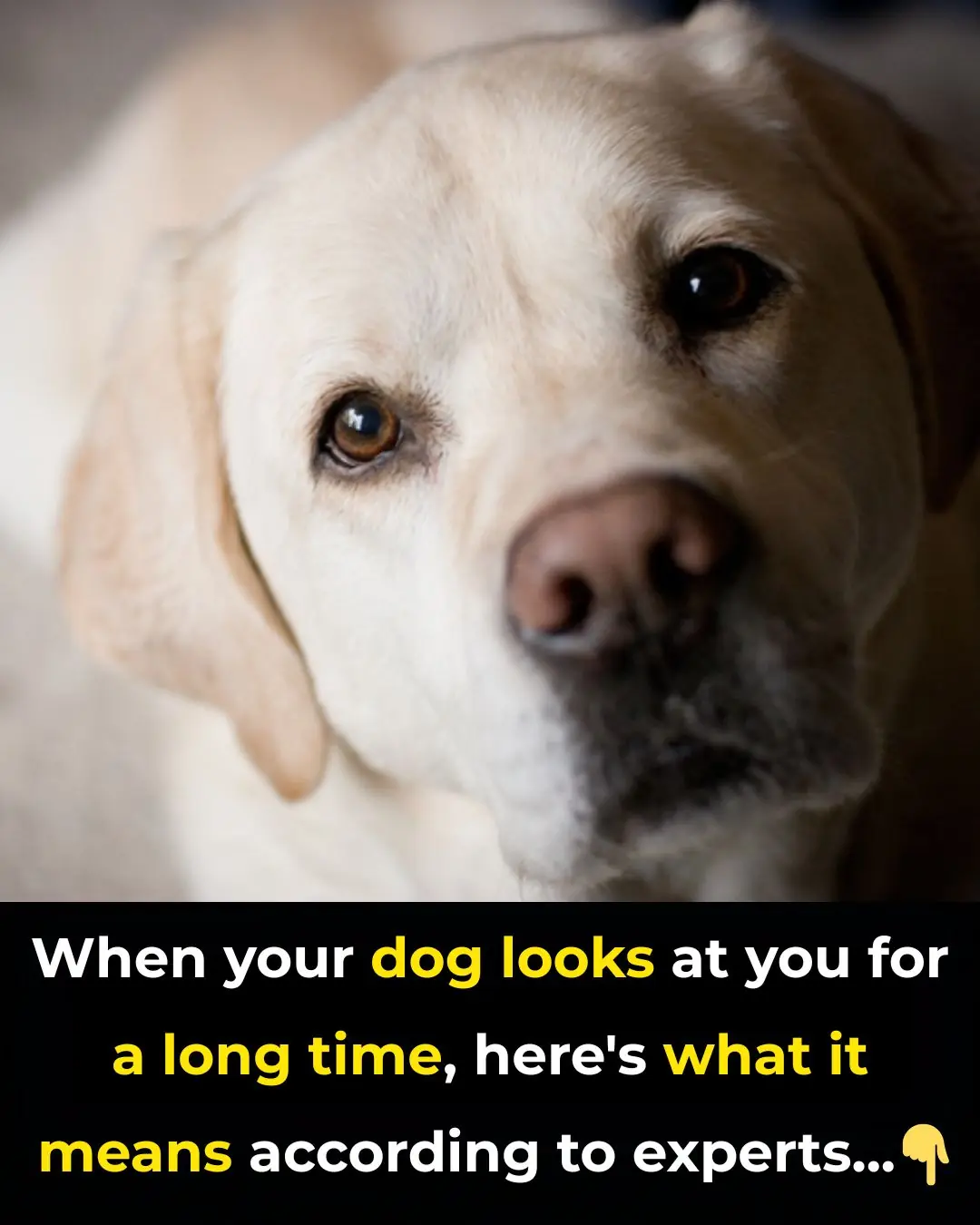
Why Do We Perceive Faces in Ordinary Objects?
Why We See Faces in Clouds: The Fascinating Science of Pareidolia
Have you ever looked up at the clouds and spotted a dog, a dragon, or even a smiling face? Or perhaps you’ve seen the outline of a human figure in a piece of toast or the knots of wood on your furniture. If so, you’ve experienced a curious and very human phenomenon called pareidolia — our brain’s remarkable tendency to find familiar shapes, especially faces, in random patterns.
Though it might seem like just a quirk of imagination, pareidolia reveals a lot about how the brain processes visual information, emotion, and meaning. Scientists have long been intrigued by why we see order where there is chaos — and why our minds are so eager to fill in the blanks.
🧠 Why Pareidolia Happens
There are many theories behind pareidolia, but they all share one core idea: the human brain is a pattern-recognition machine. It constantly tries to interpret what it sees, turning random information into something meaningful.
A key role is played by a part of the temporal lobe called the fusiform face area — the brain’s built-in facial recognition center. This region helps us distinguish friends from strangers and detect expressions, an essential survival skill that has evolved over millions of years. In the wild, being able to recognize a hidden face — whether a predator or another person — could mean the difference between life and death.
From an evolutionary standpoint, it’s better to mistake a shadow for a tiger than to miss a real one. That’s why our brain is wired to “see” faces, even when none exist.
Another element at play is confirmation bias — our natural tendency to notice things that confirm what we expect to find. If someone is looking for shapes in clouds, they’re far more likely to see them. The same goes for spotting religious figures in food or patterns on walls; once the idea is planted, the brain amplifies it.
👁️ Motion Pareidolia — When Still Images Seem to Move
There’s also a special type of pareidolia known as motion or kinetic pareidolia. This occurs when people perceive motion or changing patterns in static objects or images. You might think you saw something shift in the corner of your eye — a shadow flicker or a movement on your screen — only to realize nothing actually moved.
This happens because your visual system is constantly predicting what comes next. When information is incomplete — in dim lighting, fatigue, or distraction — your brain fills in the gaps. The effect becomes stronger when you’re tired, anxious, or have been staring at patterns for too long.
So next time you swear that painting just “winked” at you, it’s likely your brain’s way of trying to make sense of uncertain input.
🧍♀️ The Brain Is Primed to See Faces
Kang Lee, a professor of applied psychology and human development at the University of Toronto, has spent years studying how humans of all ages process faces. His research shows that our brains begin to interpret facial patterns even before we consciously recognize them.
He explains that the inferior frontal gyrus, a part of the brain involved in imagination and recognition, helps direct the visual cortex. “If the idea is a face, the brain will perceive it as such,” Lee says. “If the idea is Jesus, the cortex is likely to see Jesus. If it’s Elvis, then it will see Elvis.”
In other words, once the mind decides what it expects to see, the eyes quickly comply.
😊 Assigning Emotion to the Inanimate
Our fascination with faces goes beyond recognition — we also assign emotions and personalities to them. Even when looking at simple emojis or emoticons, we instinctively sense joy, sadness, or surprise.
A smiling face drawn with just a few lines can evoke warmth, while an upside-down curve can express sorrow. This instinct explains why we often feel comforted by friendly-looking objects or unsettled by “creepy” ones, like dolls or clowns.
Our brains can’t help but humanize the world around us.
🌕 The Man in the Moon
One of the most famous examples of pareidolia is the legendary “Man in the Moon.” Across countless cultures, people have imagined seeing a face gazing down from the lunar surface.
According to Ya Huei Huang, a planetary scientist at MIT, this illusion comes from the contrast between the Moon’s bright highlands and its dark maria, which are ancient volcanic plains. “The maria were formed by eruptions flooding large basins,” Huang explains. “From Earth, those patterns create the illusion of eyes and a mouth.”
It’s a beautiful reminder that even the night sky can trigger our brain’s search for familiarity.
🥪 The Virgin Mary on a Grilled Cheese
Pareidolia doesn’t just happen in nature — it often occurs in everyday life, sometimes with astonishing consequences. In the 1990s, a woman named Diane Duyser made a grilled cheese sandwich and noticed what looked like the Virgin Mary’s face toasted into the bread.
She kept the sandwich sealed in a plastic box for ten years, and when news spread, it caused a media frenzy. The “holy sandwich” was eventually sold on eBay in 2004 for a staggering $28,000.
Religious pareidolia — where people see sacred figures in food, clouds, or tree bark — remains one of the most powerful examples of how humans seek meaning and the divine in ordinary things.
👀 Seeing Faces Everywhere
Dr. Lee notes that it’s surprisingly easy to trigger pareidolia. In one of his studies, participants claimed to see faces about 34% of the time when shown random static images with no actual patterns.
It’s a playful reminder of how creative our brains can be. So next time you’re out for a walk, look at the world around you — you might spot a grinning tree, a sad car bumper, or a joyful cloud drifting by.
Your mind is, quite literally, designed to find stories in shapes.
🌌 Final Thoughts: The Beauty of a Pattern-Seeking Mind
Pareidolia reminds us that our perception is not always reality — it’s interpretation. What we see is filtered through our memories, emotions, and expectations. But that’s also what makes us human.
Our brains don’t just observe the world; they imagine it, finding beauty, humor, and meaning where others might see randomness. Whether it’s the “man in the moon” or a face on your morning toast, pareidolia is proof that creativity begins in the way we see.
So, the next time your eyes play tricks on you, don’t be too quick to dismiss it — your brain might simply be reminding you how powerful imagination can be.
News in the same category


France Bans Supermarkets From Wasting Food, Turns Trash Into Meals for Millions

Trump Gets His Wish as Coca Cola Launches Cane Sugar Version
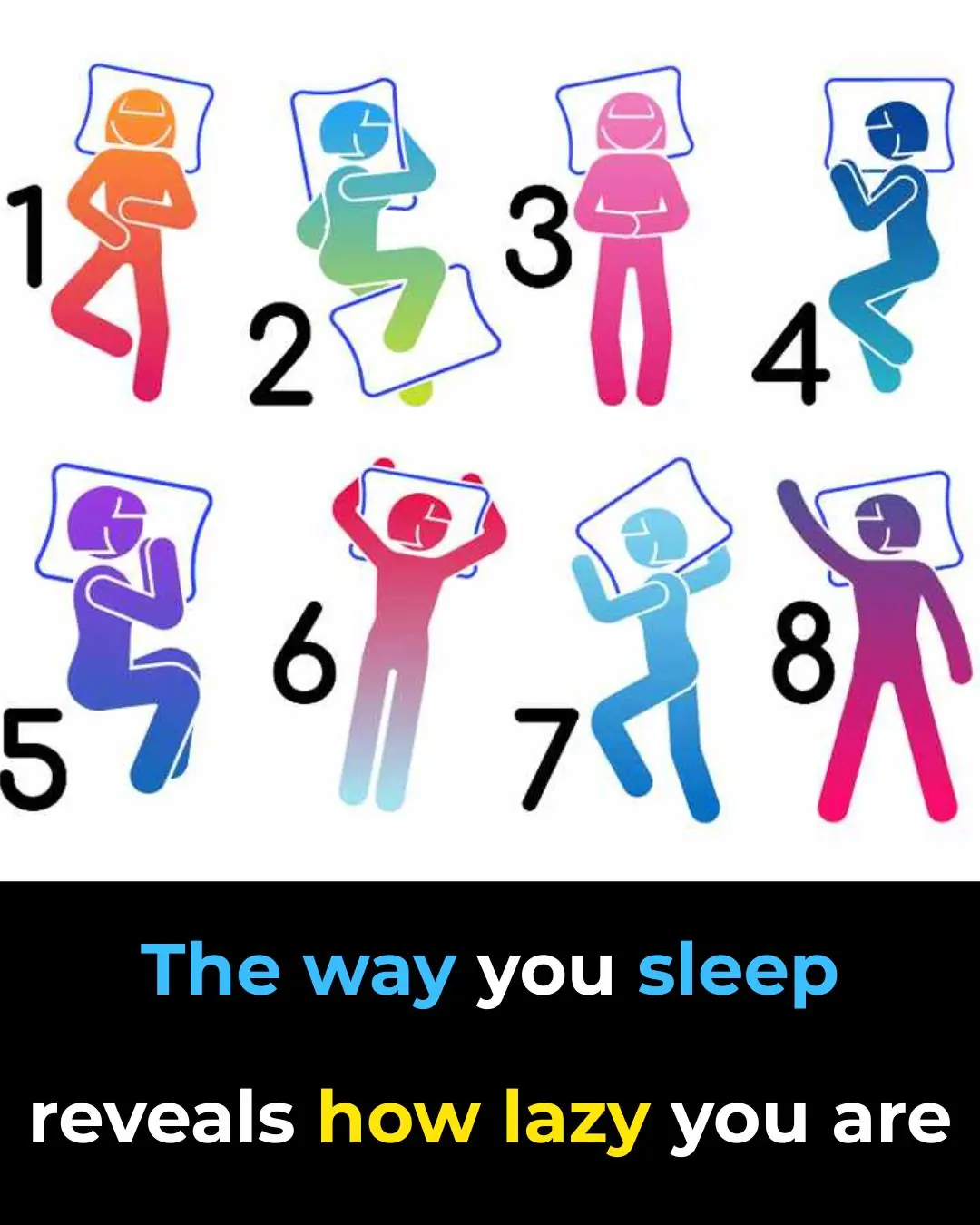
How Your Sleep Position Reveals If You’re Lazy

7 Clever DIY Uses for Used Teabags That Will Make You Think Twice Before Tossing Them

The Whale That Carried History In Its Neck For Over 100 Years

Denver Bans the Sale of Dogs, Cats, and Rabbits, Paving the Way for More Shelter Adoptions
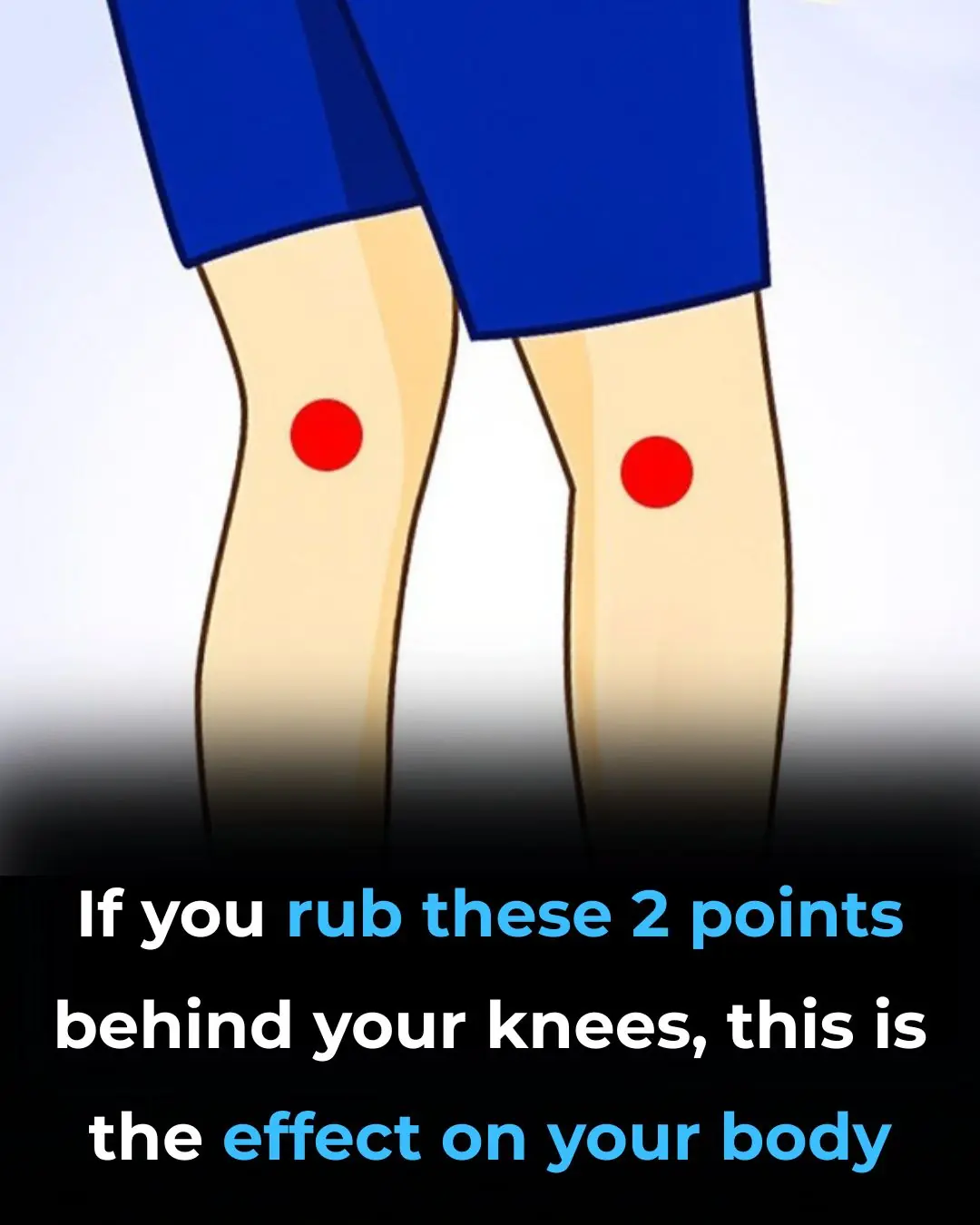
If you rub these 2 points behind your knees, this is the effect on your body
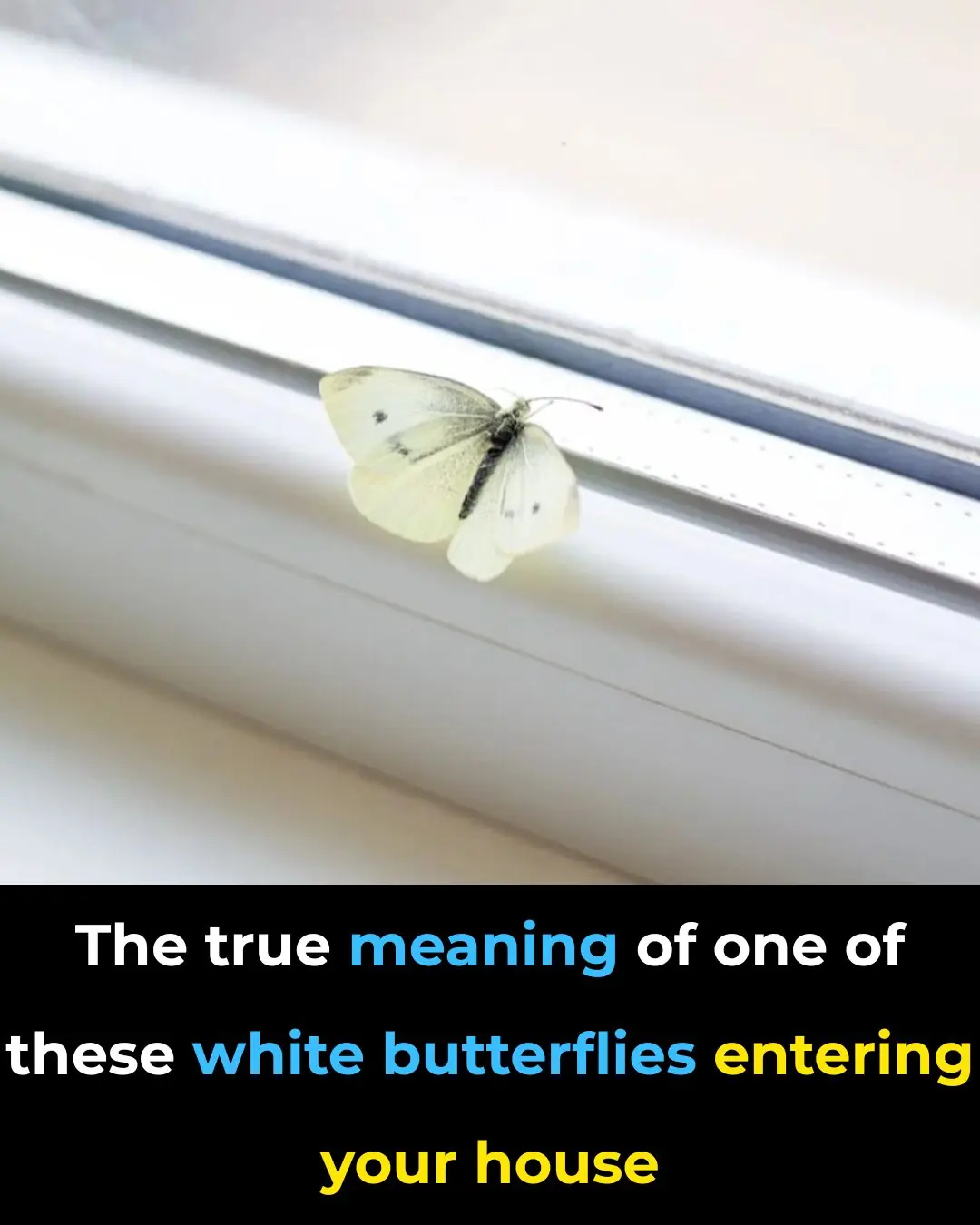
Its true meaning you probably don't know

Steps to Take When Your Adult Children No Longer Show Respect

DC Woman Wins Landmark Case After Suing Neighbor Over Overpowering Weed Smell

Bill Gates–Backed Beyond Meat Faces Collapse After Massive Stock Drop

According To This Psychologist, A Dirty Car Can Reveal A Lot About Your Personality

Most drivers don't know the purpose of the car door hook

Most people don't know the meaning of wearing an ankle bracelet

What Clutter and Neglect Might Be Saying

Why the “Good Side” of Your Fence Should Face Your Neighbor
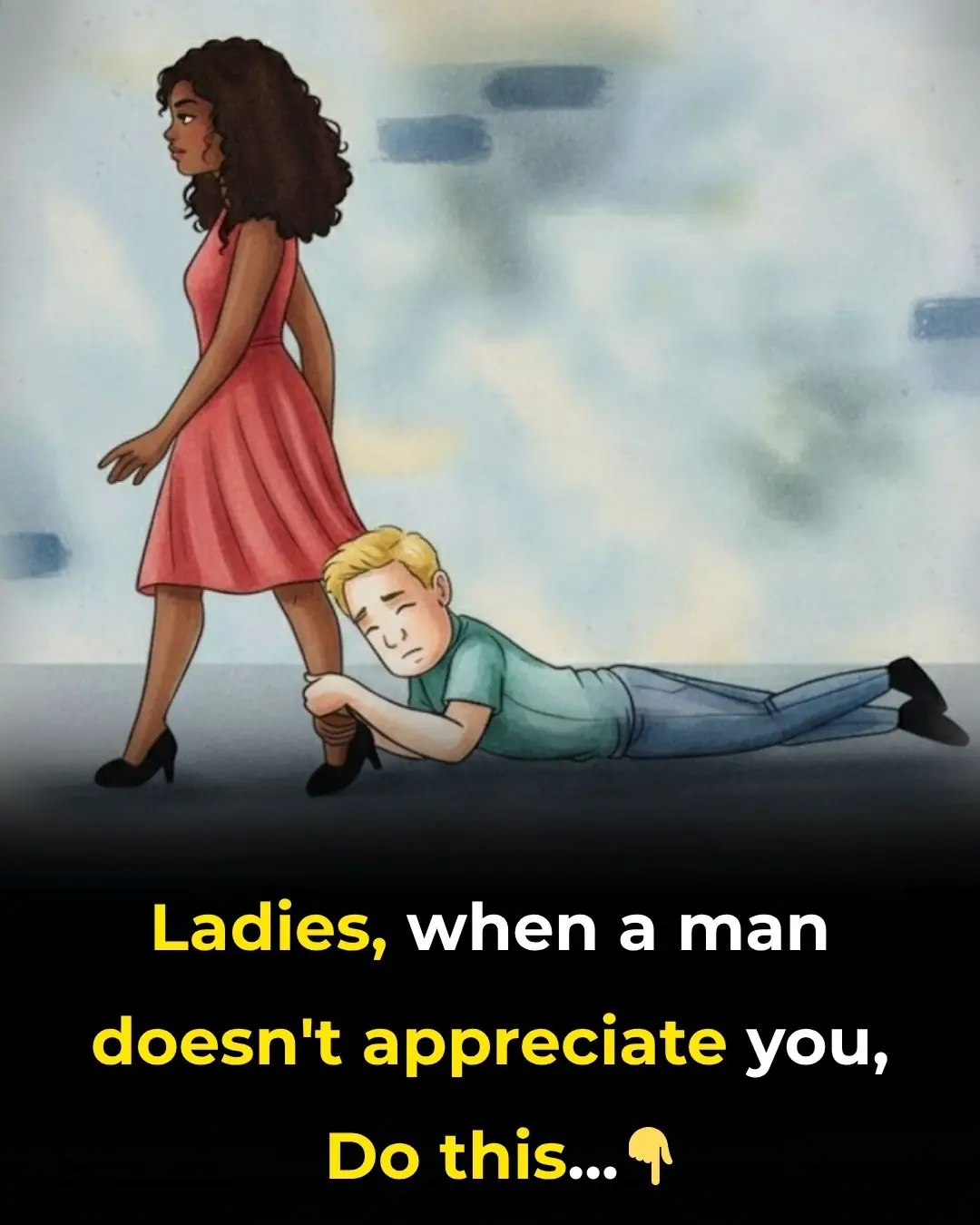
If a Man Doesn’t Appreciate You, Here’s What You Should Do
News Post

When your dog looks at you for a long time, here's what it means according to experts...

Unlock the Golden Magic of Corn Silk Tea

Braised meat with this type of leaf, the meat will turn golden brown, soft and melt in the mouth, without having to work hard to caramelize it with sugar.

🚨 The Silent Danger: Early Signs and Prevention of Colorectal Cancer

Before cooking rice, wipe this exact spot on the rice cooker, save a ton of money

Make rice vinegar at home with only 3 ingredients, delicious and safe

Tips to remove grease from an air fryer using ingredients available at home, surprisingly effective

The shocking truth about blocked arteries—it’s NOT just fatty foods!

— How perfectly timed your inheritance is! My sister could really use an apartment right now,” the husband said with delight

Why should you throw a water bottle under the bed when checking into a motel or hotel?

Boil bananas before bed, drink the liquid and you will not believe what happens to your sleep

Bitter Taste In Your Mouth Discover Most Common Cause

Scientists finally reveal if pouring coffee down drain harms environment after woman fined $200

People deeply disturbed as Amazon announce new dystopian way to track its drivers

My Mother-in-Law Destroyed My Daughter’s Flowers While We Were Away — I Made Her Pay Back in a Way She’d Never Seen Coming

My Unfaithful Husband Never Expected That a Simple Box of Pizza Would Expose His Secret

My Mother-in-Law Gave Me a ‘Perfect Wife’ Guide After My Wedding – I Played Along… WITH A TWIST

My Future Sister-in-Law Destroyed My Yard While Preparing for Her Dream Wedding – But the Gift I Gave Her on the Big Day Left Her Absolutely Speechless

He Humiliated My 72-Year-Old Grandma for Dropping a Plate—But He Went Pale When He Discovered Who She Really Was
